Health Hazards of Popcorn Ceilings: Why Removal is Essential
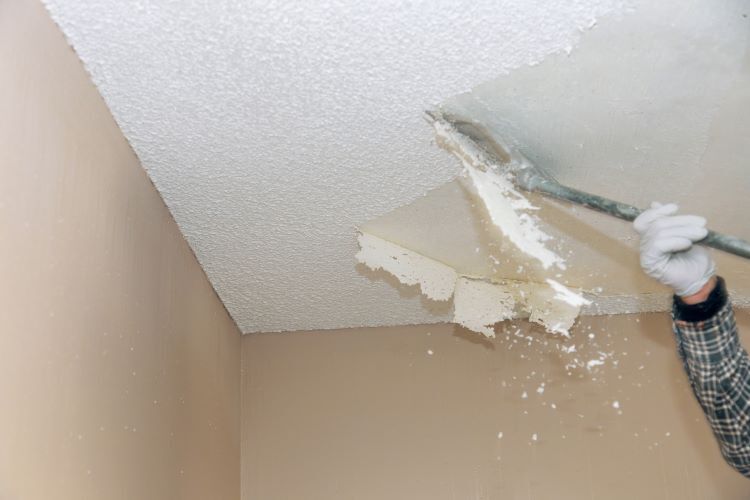
Popcorn ceilings, also known as acoustic or textured ceilings, were a popular design choice in homes built between the 1950s and the 1980s. They were favored for their ability to hide imperfections, absorb sound, and add a unique texture to ceilings. However, as time has passed, the once-popular popcorn ceiling has become a significant concern for homeowners, particularly due to the health risks associated with it.
In this article, London Drywallers, your trusted drywall experts in London, Ontario, will discuss the health hazards of popcorn ceilings and why removing them is essential for your home and your family’s well-being.
1. Asbestos Exposure
One of the most serious health hazards associated with popcorn ceilings is asbestos exposure. Asbestos, a naturally occurring mineral, was commonly used in building materials, including popcorn ceilings, for its fire-resistant properties and durability. However, it was later discovered that asbestos fibers, when inhaled, can cause severe respiratory issues and diseases, including lung cancer, asbestosis, and mesothelioma.
The Risk of Disturbance
Popcorn ceilings are not inherently dangerous if left undisturbed. However, when the ceiling is damaged or deteriorated, such as during renovations, cleaning, or even normal wear and tear, asbestos fibers can become airborne. Once airborne, these microscopic fibers can be easily inhaled, posing a significant health risk to anyone in the home.
Testing for Asbestos
Before attempting to remove a popcorn ceiling, it is crucial to have the material tested for asbestos. If your home was built before the 1980s, there is a higher likelihood that your popcorn ceiling contains asbestos. A professional testing service can safely collect samples and determine whether asbestos is present. If asbestos is found, it is essential to hire a licensed asbestos removal specialist to handle the removal process.
2. Poor Indoor Air Quality
Even if your popcorn ceiling does not contain asbestos, it can still negatively impact indoor air quality. Popcorn ceilings are prone to collecting dust, dirt, and allergens due to their textured surface. Over time, these particles can accumulate and become airborne, leading to respiratory issues, allergies, and other health problems for the occupants of the home.
Difficulty in Cleaning
The textured nature of popcorn ceilings makes them difficult to clean effectively. Unlike smooth ceilings, which can be wiped down easily, popcorn ceilings trap dust and dirt in their crevices. Attempting to clean them can also cause the material to flake off, potentially releasing harmful particles into the air.
Mold and Mildew Growth
Popcorn ceilings are also more susceptible to moisture damage, which can lead to mold and mildew growth. This is particularly concerning in areas of the home with high humidity, such as bathrooms, kitchens, and basements. Mold spores can exacerbate respiratory conditions and allergies, making it crucial to address any signs of moisture damage promptly.
3. Outdated Aesthetics
While not a direct health hazard, the outdated appearance of popcorn ceilings can negatively affect your home's value and appeal. Modern homebuyers often prefer smooth, clean ceilings, and the presence of a popcorn ceiling can be a significant deterrent. By removing the popcorn ceiling and updating the look of your home, you can increase its market value and create a healthier living environment.
Improving Your Home’s Aesthetics
Removing a popcorn ceiling not only eliminates potential health hazards but also allows you to update the appearance of your home. A smooth, freshly painted ceiling can make rooms feel larger, brighter, and more modern, enhancing the overall aesthetic appeal of your living space.
4. Safe Removal Process
Popcorn ceiling removal is not a DIY-friendly project, especially if asbestos is present. The removal process involves several steps, including preparing the space, safely removing the textured material, and properly disposing of it. This process requires specialized equipment and expertise to ensure that asbestos fibers or other harmful particles are not released into the air.
Professional Popcorn Ceiling Removal
Hiring a professional drywall contractor, like London Drywallers, ensures that the popcorn ceiling removal is carried out safely and efficiently. Our team of experts is trained in handling hazardous materials and can complete the removal process with minimal disruption to your home. We also take care of any necessary repairs or refinishing to give your ceilings a smooth, modern finish.
Conclusion
The health hazards associated with popcorn ceilings, particularly the risk of asbestos exposure, make their removal essential for maintaining a safe and healthy home. Additionally, removing a popcorn ceiling can improve indoor air quality, prevent mold growth, and enhance the aesthetic appeal of your home. If you have a popcorn ceiling in your home, especially if your home was built before the 1980s, consider having it tested and professionally removed.
London Drywallers is here to help with all your popcorn ceiling removal needs. Our team of experienced professionals will ensure that your ceiling is safely and efficiently removed, leaving you with a healthier and more beautiful home. Contact us today to schedule a consultation and take the first step toward a safer living environment.
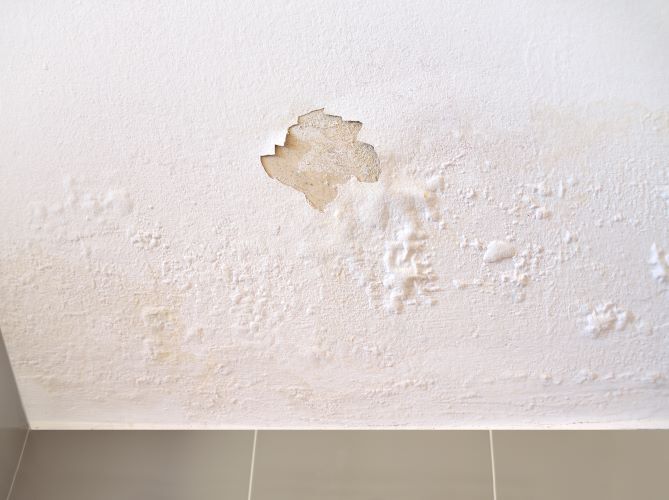
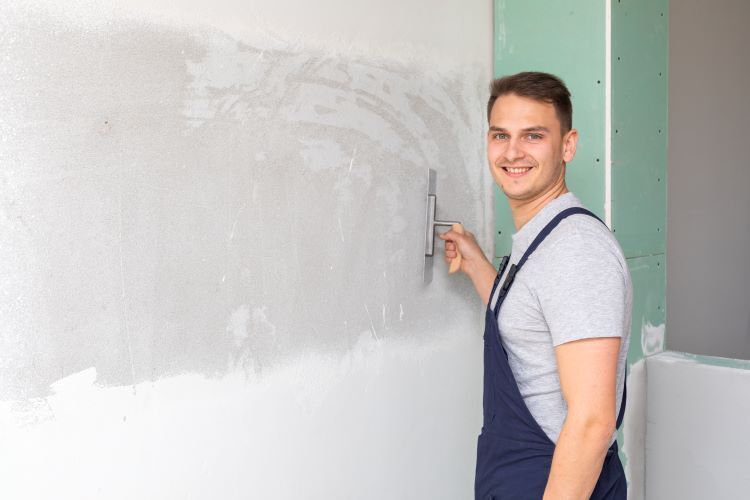

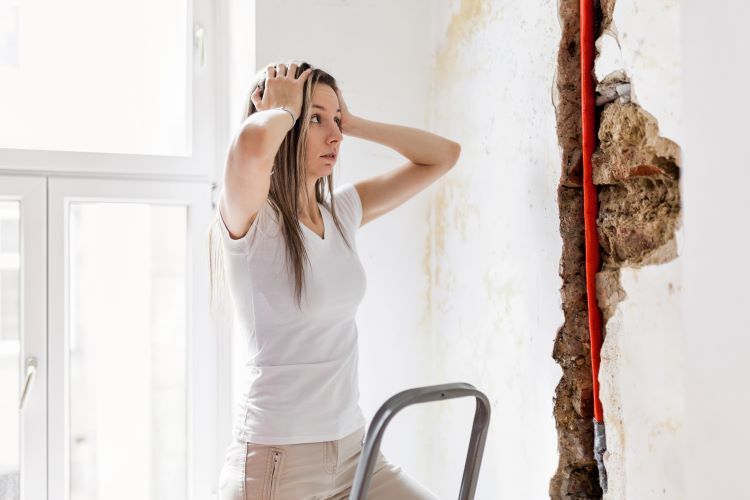
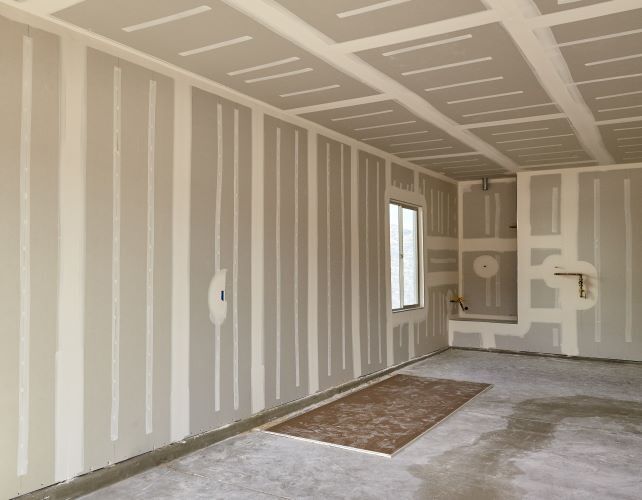
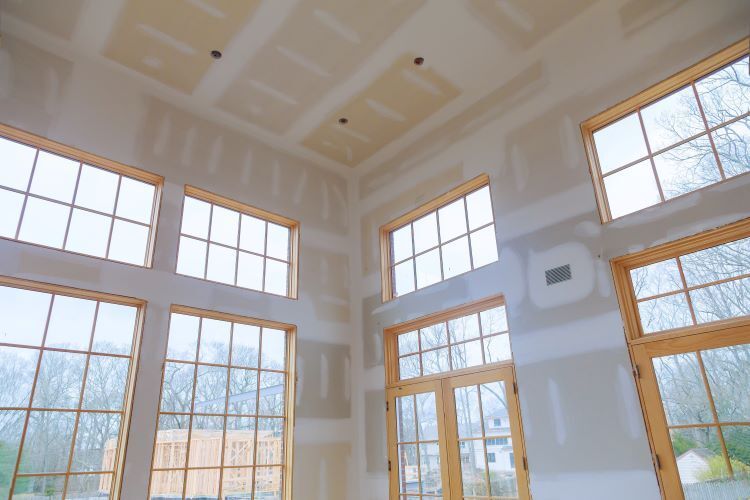
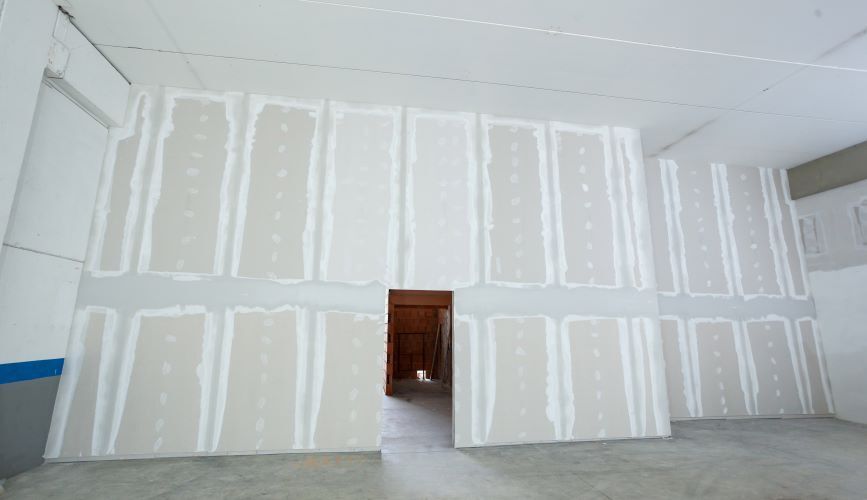
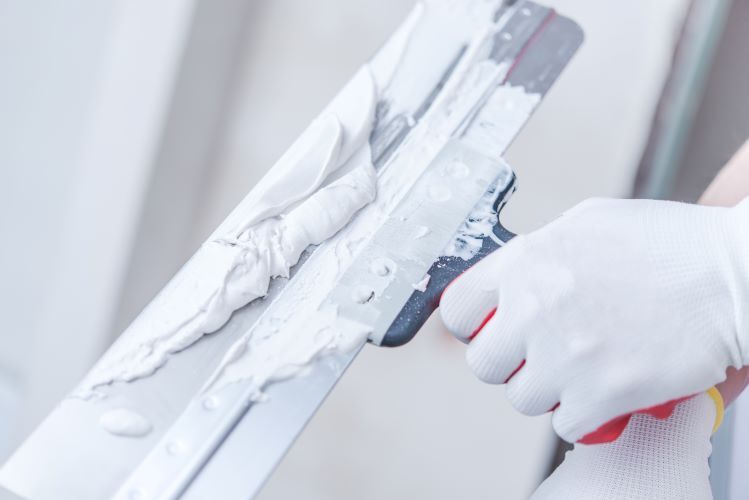
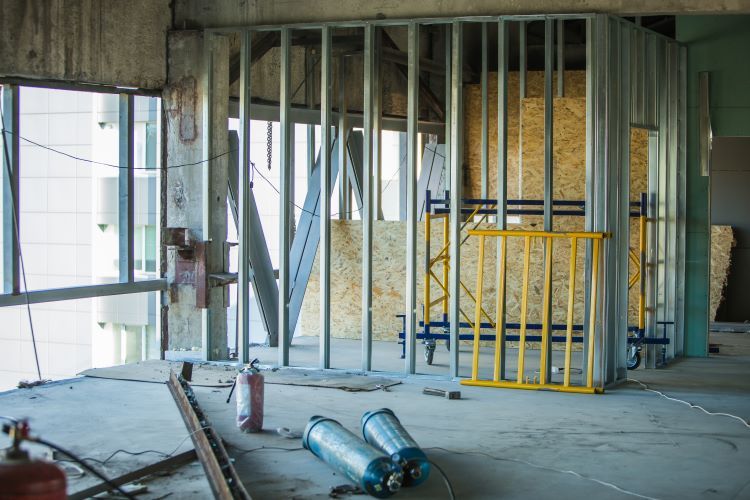

We bring pride and passion to every project that we undertake, with a professional team of drywall contractors determined to bring you a quality finish, every time.